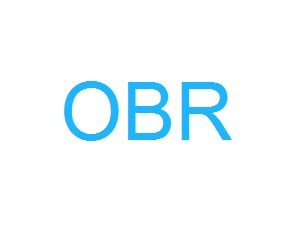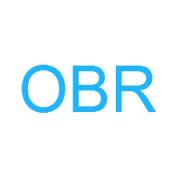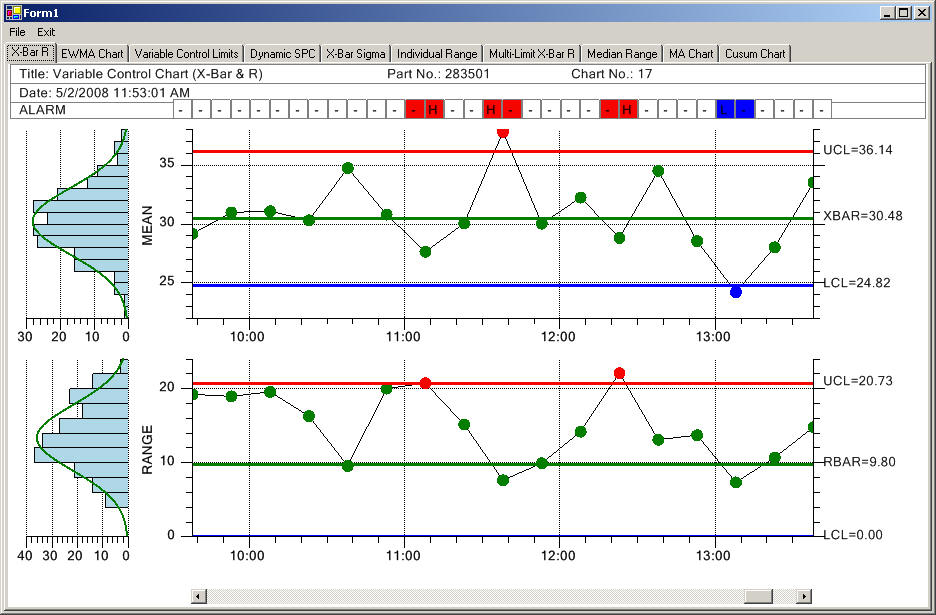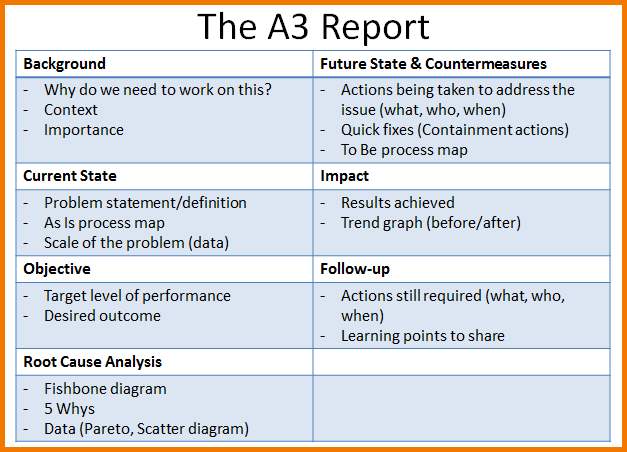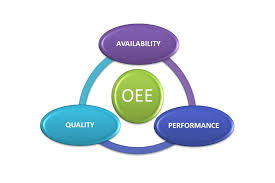 Overall Equipment Effectiveness (OEE) is often used as a production floor Key Performance Indicator (KPI). OEE is calculated with the formula as OEE = (Availability) * (Performance) * (Quality). As an example, if Availability = 82%, Performance = 89% and Quality = 93%, the OEE is calculated as 68%. Systems have ‘Norms’ and a specific reading measured against industry standards reveals the effectiveness of your process. (Although, an OEE of 85% is generally considered the ‘Target’!).
Overall Equipment Effectiveness (OEE) is often used as a production floor Key Performance Indicator (KPI). OEE is calculated with the formula as OEE = (Availability) * (Performance) * (Quality). As an example, if Availability = 82%, Performance = 89% and Quality = 93%, the OEE is calculated as 68%. Systems have ‘Norms’ and a specific reading measured against industry standards reveals the effectiveness of your process. (Although, an OEE of 85% is generally considered the ‘Target’!).
The OEE component ‘Availability’ is defined as the percentage of scheduled time that an operation is available to operate. This is a measurement of ‘Uptime’ and excludes the effects of ‘Quality’, ‘Performance’ and scheduled ‘Down Time’. ‘Performance’ (also known as ‘Production’) measures the ‘Speed’ of a work center as a percentage of the WC’s ‘Designed Speed’. Performance excludes the effects of ‘Quality’ and ‘Availability’. Performance can be calculated as (‘Parts Produced’ * ‘Ideal Cycle Time’/ ‘Operating Time’). The ‘Quality’ portion of OEE represents as a percentage of ‘Total Units Started’. This ‘Quality Yield’ excludes the effects of ‘Availability’ and ‘Performance’. As a calculation, ‘Quality’ = (‘Units Produced – ‘Defective Units)/ (‘Units Produced’).
What factors ‘Contribute’ to the three OEE areas of Availability, Performance, and Quality? For Availability, it is the ‘Planned Down Time’ and ‘Equipment Breakdown Time’. For Performance, the factors affecting OEE are ‘Minor Stops’and ‘Speed Loss’. Quality is affected by ‘Production Rejects’ and ‘Rejects on Start-up’. An increased OEE score can be obtained from specific ‘Counter-Measures’ to reduce to ‘Effects’ of these factors.
‘Special Circumstances’ can make the OEE less ‘Valuable’ as a ‘Performance Metric’. One circumstance could be a variable cost in operation of the equipment. Another might be a significantly stringent ‘Quality’ metric which could skew the OEE score. (i.e. A system where the Quality cost of error is significantly more a factor of effectiveness than either ‘Performance’ or ‘Availability’).
Still, with these exceptions, the OEE metric as a Key Performance Indicator can deliver a better performance which leads to greater capacity. The innovation of products to fill that ‘Capacity Void’ leads to sector ‘Domination’ and BUSINESS GROWTH!
Todd Adams
OBR Optimization Engineering: Lean Six Sigma CI, ERP Software Development, Quality Systems Enhancement, Business Process Improvement, CI Project Work. www.OBREngineering.com; POC: Todd Adams, Todd.Adams@OBREngineering.com; (424) 241-0290.
As the Famous Sales Guru Grant Cardone says, 10X your OBSESSION!
